Ever get into one of those exercise kicks where the more you work out, the more you crave it? It’s magical when you click into that rhythm.
This summer I found myself in one of those health kicks and I felt incredible. I was exercising daily: yoga, hiking, running, barre and weightlifting. You name it, I was craving it. My confidence was soaring. My strength was increasing. My muscle was building and my post-workout endorphins were through the roof.
In short, I was the ideal candidate for fitness brands’ active-wear advertisements.
Scrolling Instagram one morning, a particularly well-styled yoga apparel ad caught my attention. “How much are those adorable pants?!” I wondered, scrolling through the carousel ad. The images were what you’d expect – four different young women, each pictured in common yoga poses, all size XS. Just standard women’s propaganda. Yet, on this day, something inside me snapped when I saw these conventional and bland photos.
“I’m the perfect buyer for these pants! I’ll never be a size XS, but I’m healthy and very active. If they sell pants that are sizes M, L and XL, why would they insist on showing us only images of the XS ones?!” I raged mentally.
I began looking at images from all my favorite fashion brands and saw the exact same pattern. They were all happy to sell me clothes in my larger size, but only depicted models in the line’s smallest sizes; over and over and over. I’d been so normalized to this redundant advertising technique, it was basically invisible to me. However, that morning the veil lifted and I acutely realized how impossible it was to see women my size in a majority of advertising.
The Internet has opened up ample opportunities to see beautiful bodies beyond just the runway model physique. Thanks to increased exposure to diversely beautiful women, I — along with you — get to be smarter than the antiquated advertising approach still used today.
Here are three things to remember when viewing traditional ads:
1. Athleticism is diverse.
When watching the Olympics with its wide variety of sporting events, it quickly becomes obvious that there’s no uniform physique for athletes. Each sport will attract different body types. Certain sports will, in turn, sculpt bodies into unique ideal forms for top performance. Active-wear (especially apparel designed for multiple sports) should be depicted showing its variety for athletes of all types, showcasing its cross-functional features.
2. Health is diverse.
Our culture is obsessed with youthful models, but healthy people are far more than just teenagers (or those who look like teenagers). Rachel Brathen (aka Yoga Girl) recently made waves by standing up to people who remarked at her willingness to pose for photos in the months following her daughter’s birth.
“If I have to read one more comment saying how ‘brave’ I am for showing off my post-partum body, I’m going to SCREAM,” she writes. “People keep asking me what I’m doing to ‘get my old body back.’ My old body? Back? I have no intention in moving backwards, and I don’t think my body is ever going to be what it was before … Does that mean it’s uglier? Less attractive? Less admirable?”
People argue that models should embody a certain physique because it’s important to showcase “healthy images” for the consumer. However, Rachel is a viral superstar of health and she just successfully birthed a baby. Yet, her physique no longer is a “healthy one?” I say this is ridiculous.
If aspiring towards health is important, then the more we can see images of people in peak-health of all ages and in all stages of life, the more this will help us realistically set our personal health goals.
I’d been so normalized to this redundant advertising technique, it was basically invisible to me.
3. Beauty is diverse.
Models don’t have to size XS to be stunning. Plus-size rock-stars like Ashley Graham and Tess Holliday are beginning to get the magazine cover opportunities they deserve.
Brands like Aerie and Dove are finding that celebrating natural beauty is increasing the public’s interest in their products. Dear Other Brands: Showing your customers that your product is made for people who look like them? It’s actually great for the business bottom line.
So much has already been said on this topic. I’m by no means the first person to say that increased model diversity would be welcome. It’s a very popular sentiment, yet the fashion industry has been remarkably slow to make any significant changes. For a business sector that prides itself on taking innovative risks, photographing models with stereotypical physiques remains the baffling status quo.
We may be waiting a while for more brands like Aerie and Dove to depict natural beauty. In the meantime, keep looking up images of diverse photographs of athleticism, health and beauty on your own. Break out of the propaganda machine’s status quo. Vote with your dollars, buying items that advertise to you in an uplifting way. Together we can outsmart this antiquarian advertising model.
Thoughts? What advertisements do you tend to resonate with the most?
Image via Carissa Gallo for Darling Issue No. 15

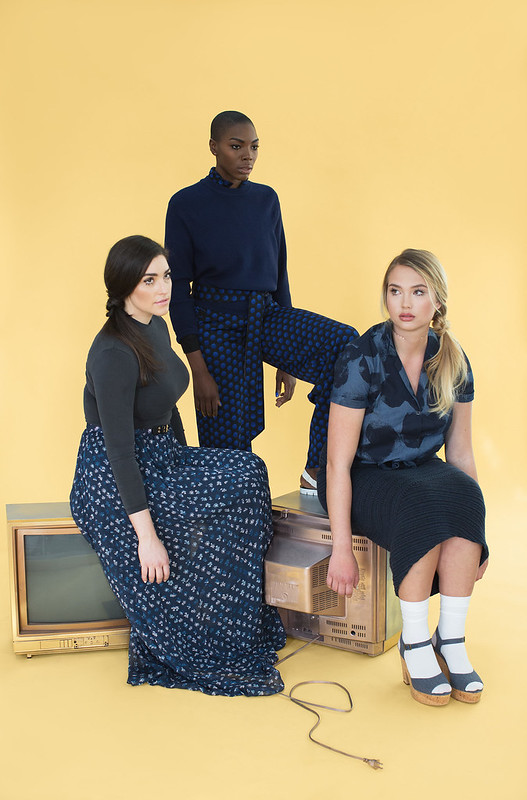
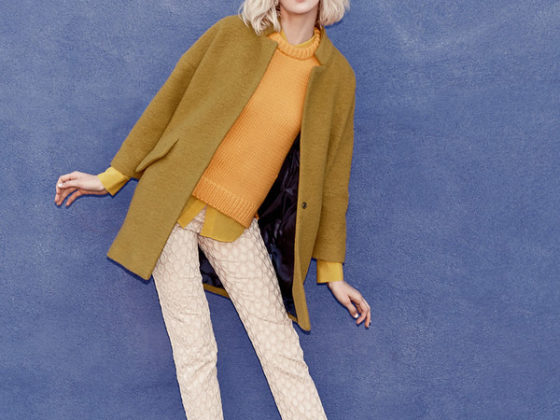
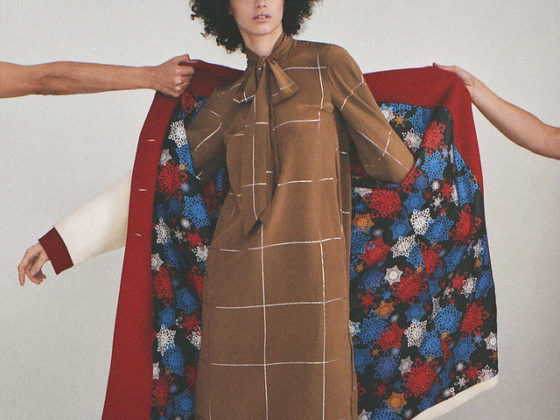
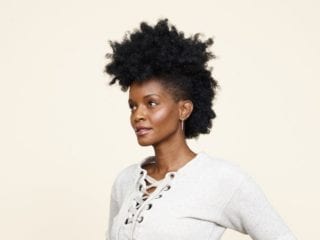
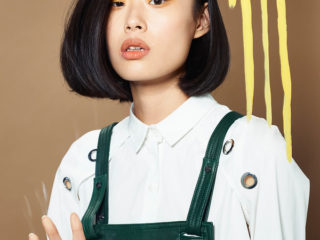

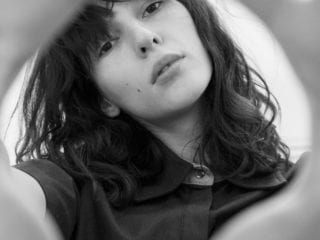
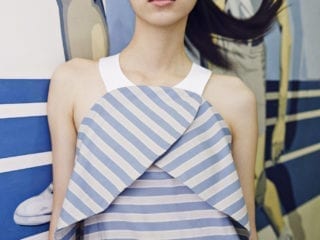
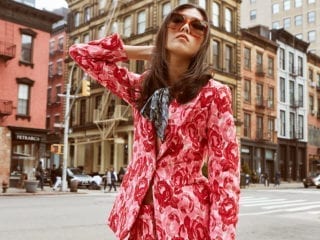
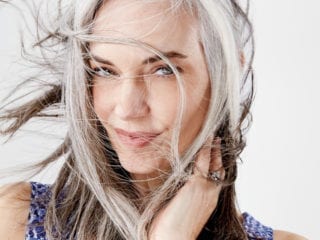

4 comments
Great advice!
Serious question: why doesn’t this article feature a photo of a woman in size medium or large athleticwear?
Hi Caitlin! Here is our honest answer: We didn’t have any! We have a database of imagery for online comprised of different photographers who have granted us rights to use their images, so we pull from that rather than source unknown imagery elsewhere. Sometimes that means our images are more vague/generic than they could be, but we hope that helps the content of the article appeal to a wider audience vs. choosing one image (say, of one “medium-sized” model) to represent them all. Hope that helps clarify!
I like the points you mentioned! I often take ads with a pinch of salt anyway, because they always photoshop the models and how the clothes look to an extreme!
–
Charmaine Ng | Architecture & Lifestyle Blog
https://charmainenyw.com